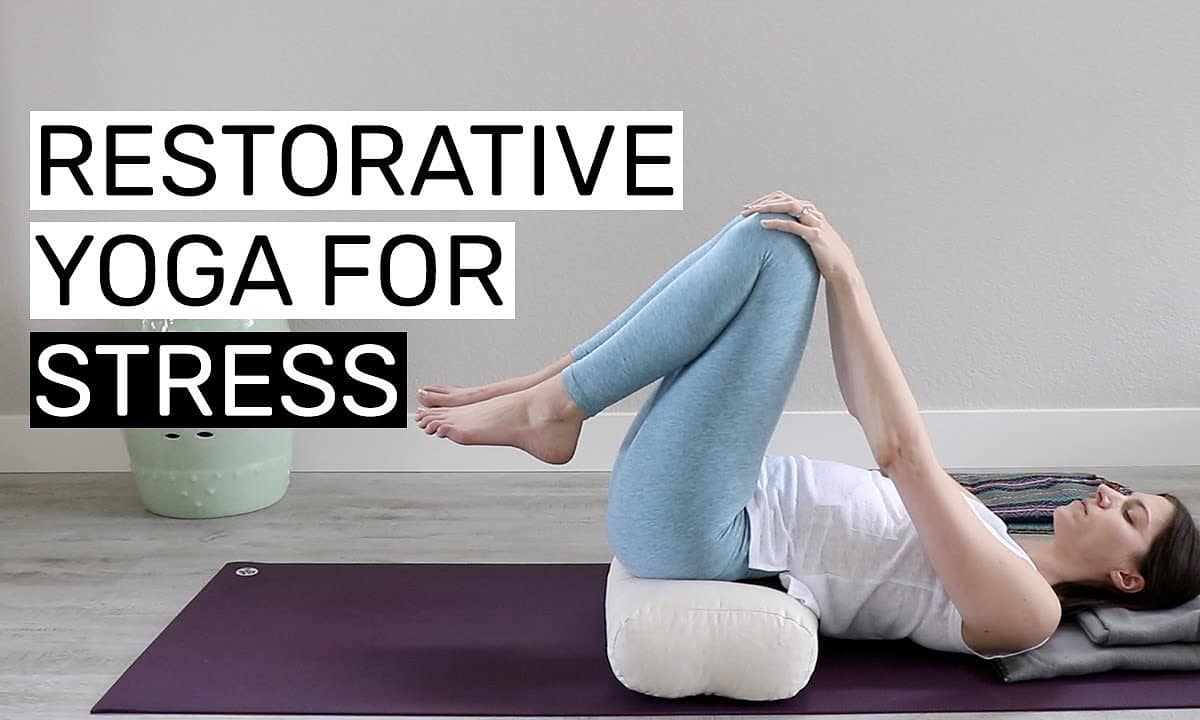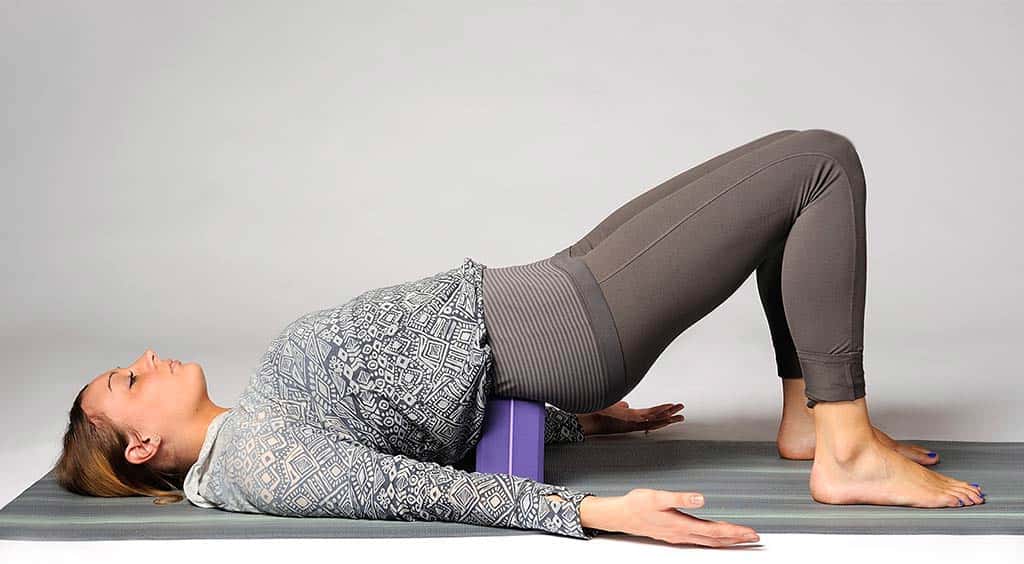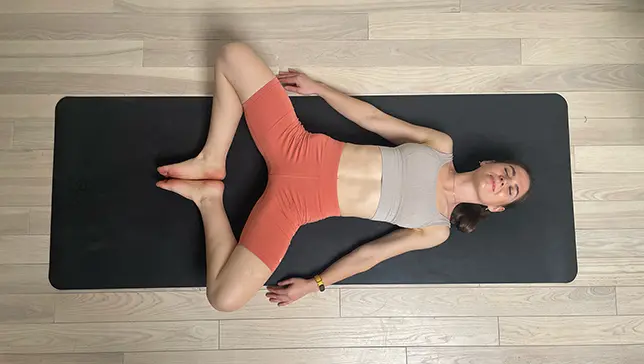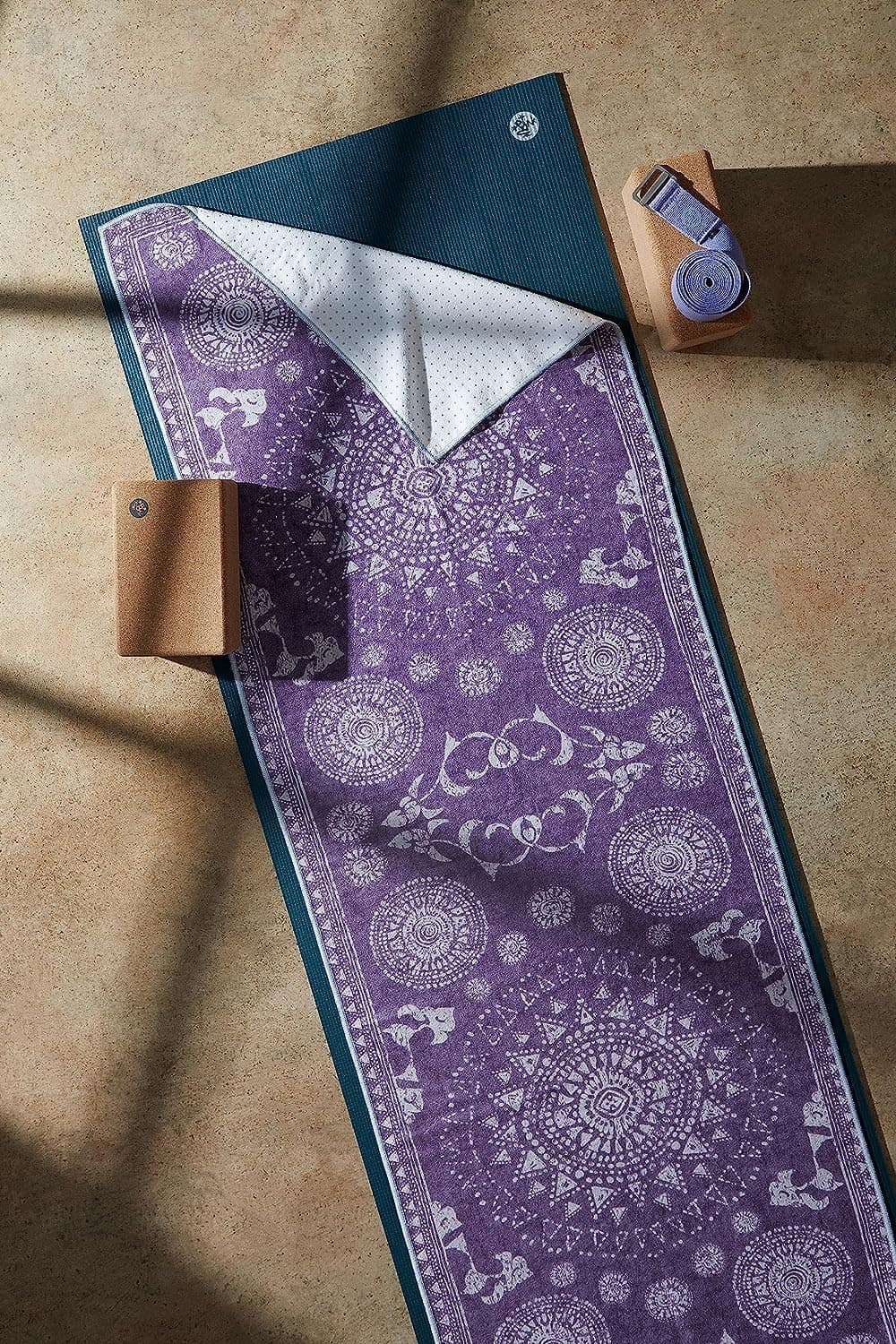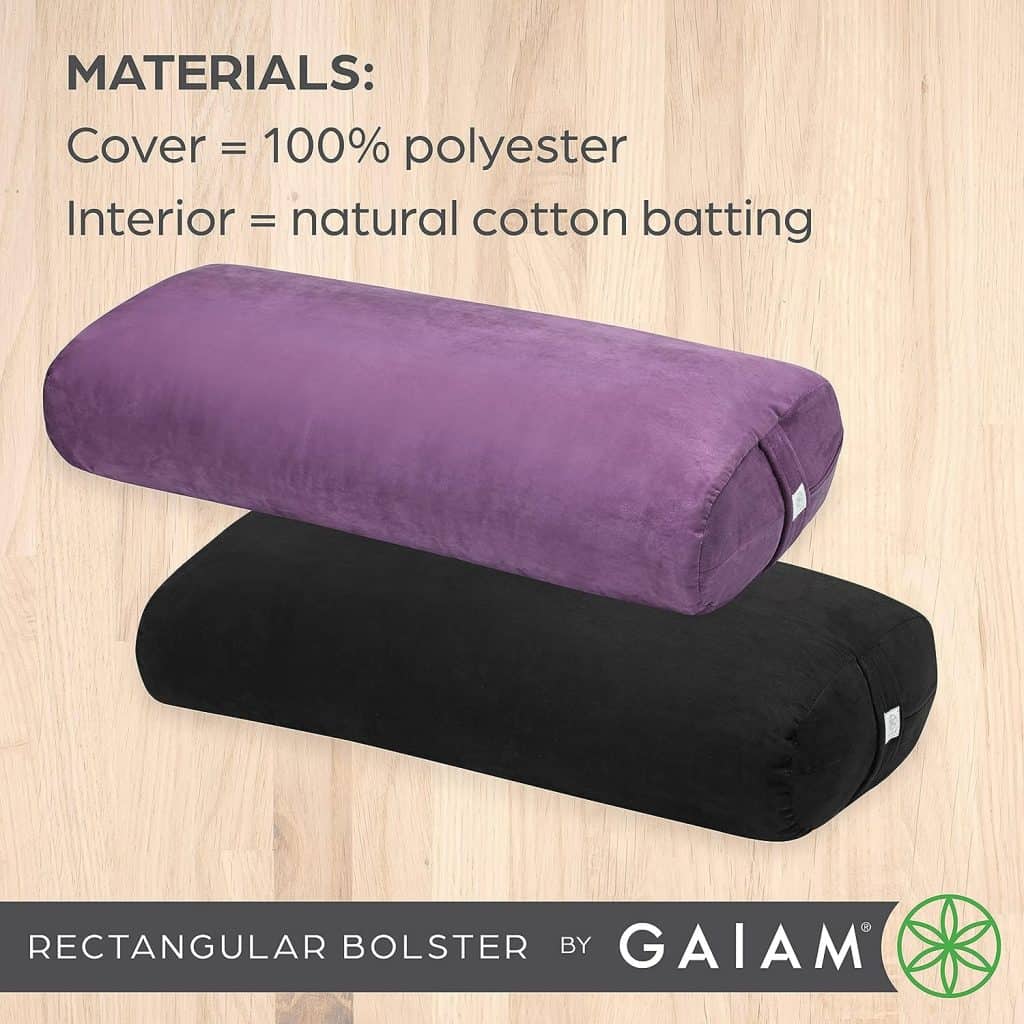In this article, we will explore the benefits of restorative yoga for stress relief, key poses to try, tips for practicing effectively, and additional stress relief techniques that can complement your restorative yoga practice.
Restorative yoga is a gentle and calming practice that focuses on relaxation and stress relief. By incorporating various poses and breathing techniques, restorative yoga helps to relax the nervous system, reduce cortisol levels, improve sleep quality, and enhance mindfulness and self-awareness.
What is restorative yoga?
Restorative yoga is a form of yoga that aims to promote deep relaxation and stress relief. Unlike more active forms of yoga, restorative yoga involves holding poses for an extended period of time, typically ranging from 5 to 20 minutes.
The focus is on fully supporting the body with props such as blankets, bolsters, and blocks, allowing the muscles to relax and release tension. This practice encourages a state of deep rest and rejuvenation, helping to calm the mind and restore balance to the body.
Benefits of restorative yoga for stress relief
Relaxation of the nervous system
One of the key benefits of restorative yoga is its ability to activate the parasympathetic nervous system, also known as the “rest and digest” response.
By engaging in slow, gentle movements and deep breathing, restorative yoga helps to counteract the effects of chronic stress and promote a state of relaxation. This can lead to a reduction in anxiety, improved mood, and an overall sense of calm.
Reduction of cortisol levels
Cortisol is a hormone that is released in response to stress. Elevated cortisol levels can contribute to feelings of anxiety, fatigue, and difficulty sleeping.
Restorative yoga has been shown to lower cortisol levels, helping to alleviate the negative effects of chronic stress on the body and mind. By practicing restorative yoga regularly, you can help regulate cortisol levels and promote a more balanced stress response.
Improved sleep quality
Stress and anxiety can often disrupt sleep patterns, making it difficult to fall asleep or stay asleep throughout the night. Restorative yoga can be a valuable tool for improving sleep quality. By engaging in a restorative yoga practice before bed, you can help calm the mind, release tension in the body, and promote a sense of relaxation that can lead to a more restful night’s sleep.
Enhanced mindfulness and self-awareness
Restorative yoga encourages a deep connection between the mind and body, fostering mindfulness and self-awareness. By slowing down and tuning into the sensations of the body, you can cultivate a greater sense of presence and awareness in the present moment. This heightened mindfulness can help you better manage stress, improve emotional well-being, and develop a greater sense of self-care.
Key poses for restorative yoga
Child’s pose
Child’s pose is a gentle resting pose that helps to release tension in the back, shoulders, and hips. To practice child’s pose, start by kneeling on the floor with your knees wide apart and your big toes touching. Sit back on your heels and fold forward, resting your forehead on the mat or a prop.
Extend your arms forward or alongside your body, whichever feels more comfortable. Breathe deeply and allow your body to relax into the pose.
Supported bridge pose
Supported bridge pose is a soothing pose that helps to open the chest and release tension in the lower back. To practice supported bridge pose, lie on your back with your knees bent and your feet flat on the floor.
Place a bolster or folded blanket under your hips and lower back for support. Slowly lift your hips off the ground and slide the prop further under your back until you find a comfortable position. Rest your arms alongside your body or extend them overhead. Breathe deeply and relax into the pose.
Legs up the wall pose
Legs up the wall pose is a restorative inversion that helps to improve circulation, reduce swelling in the legs, and calm the nervous system. To practice legs up the wall pose, sit sideways next to a wall with your knees bent and your feet on the floor.
Lie back and swing your legs up the wall, keeping your hips close to the wall. You can place a folded blanket or bolster under your hips for support if needed. Rest your arms alongside your body or place them on your belly. Close your eyes and breathe deeply, allowing your body to relax and release tension.
Reclining bound angle pose
Reclining bound angle pose is a gentle hip opener that helps to release tension in the groin and inner thighs. To practice reclining bound angle pose, lie on your back with your knees bent and the soles of your feet together, allowing your knees to fall open to the sides.
Place props such as blankets or blocks under your knees for support if needed. Rest your arms alongside your body or place one hand on your heart and the other on your belly. Close your eyes and breathe deeply, allowing your body to relax and soften into the pose.
Great Yoga Mat Towel – Yogitoes
About this product:
- Anti-Slip Bottom: Patented Skidless Technology with silicone nubs for superior grip during hot and sweaty yoga.
- Yoga Support: Ultra absorbent, quick-drying, and sustainable Yogitoes in beautiful designs.
- Eco-Friendly: Made from at least four recycled plastic bottles, reducing energy consumption, and free from harmful dyes.
Tips for practicing restorative yoga for stress relief
Create a calm and comfortable environment
When practicing restorative yoga for stress relief, it’s important to create a calm and comfortable environment. Find a quiet space where you won’t be disturbed and dim the lights to create a soothing atmosphere. Use soft blankets, bolsters, and pillows to support your body and make sure you’re wearing comfortable clothing that allows for ease of movement.
Use props for support and relaxation
Props are an essential part of restorative yoga as they help to support the body and promote relaxation. Experiment with different props such as blankets, bolsters, blocks, and straps to find what works best for you.
Props can be used to modify poses and make them more accessible, allowing you to fully relax and release tension in the body.
Focus on deep, slow breathing
Deep, slow breathing is a key component of restorative yoga. By focusing on your breath and taking slow, deliberate inhales and exhales, you can activate the body’s relaxation response and calm the mind.
Allow your breath to be smooth and steady, filling your belly and chest with each inhale and releasing tension with each exhale.
Practice regularly for best results
Consistency is key when it comes to reaping the benefits of restorative yoga for stress relief. Aim to practice restorative yoga at least a few times a week, if not daily, to experience the full effects.
Even just a few minutes of restorative yoga can make a difference in how you feel and how well you manage stress.
Additional stress relief techniques to complement restorative yoga
In addition to restorative yoga, there are other stress relief techniques that can complement your practice and enhance its benefits. Consider incorporating the following into your routine:
– Meditation: Practicing meditation can help calm the mind, reduce stress, and promote a sense of inner peace. Find a quiet space, sit comfortably, and focus on your breath or a specific mantra or visualization.
– Journaling: Writing down your thoughts and feelings can be a therapeutic way to release stress and gain clarity. Set aside time each day to journal about your experiences, emotions, and any insights that arise during your restorative yoga practice.
– Nature walks: Spending time in nature has been shown to reduce stress and improve overall well-being. Take a leisurely walk in a park or forest, paying attention to the sights, sounds, and sensations around you.
– Aromatherapy: Certain scents, such as lavender or chamomile, have calming properties that can help reduce stress. Use essential oils or scented candles during your restorative yoga practice to create a soothing atmosphere.
Conclusion on restorative yoga for stress relief
Restorative yoga is a powerful practice for stress relief that offers numerous benefits for the mind and body. By incorporating restorative yoga into your routine, you can relax the nervous system, reduce cortisol levels, improve sleep quality, and enhance mindfulness and self-awareness.
Remember to create a calm and comfortable environment, use props for support and relaxation, focus on deep, slow breathing, and practice regularly for the best results.
Additionally, consider incorporating other stress relief techniques such as meditation, journaling, nature walks, and aromatherapy to complement your restorative yoga practice.
Start your journey to stress relief today with restorative yoga and experience the transformative effects it can have on your well-being.
Originally posted 2023-05-27 08:31:21.


